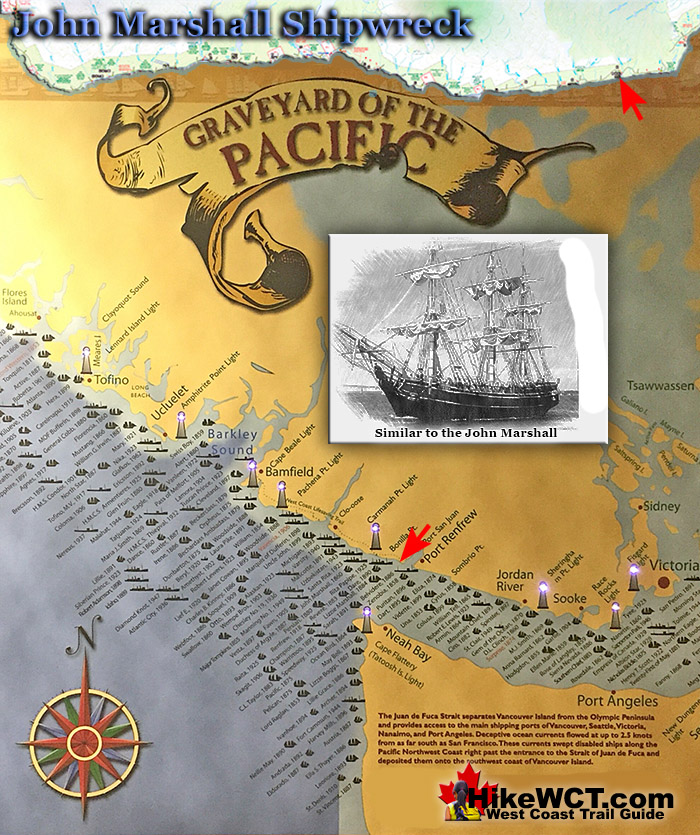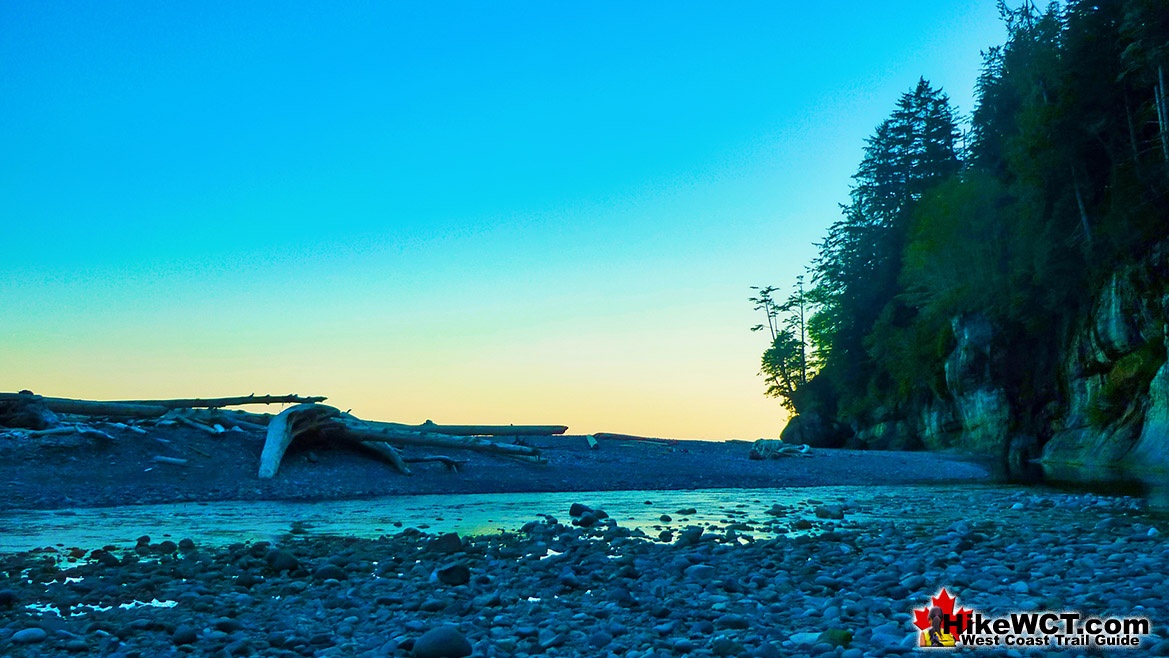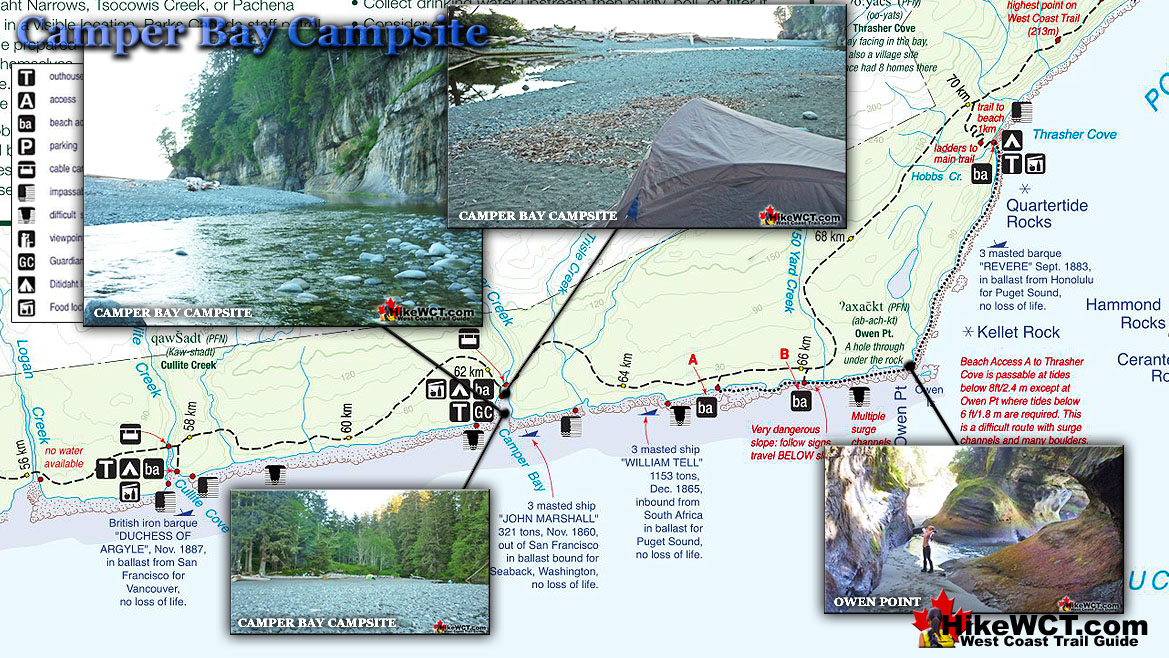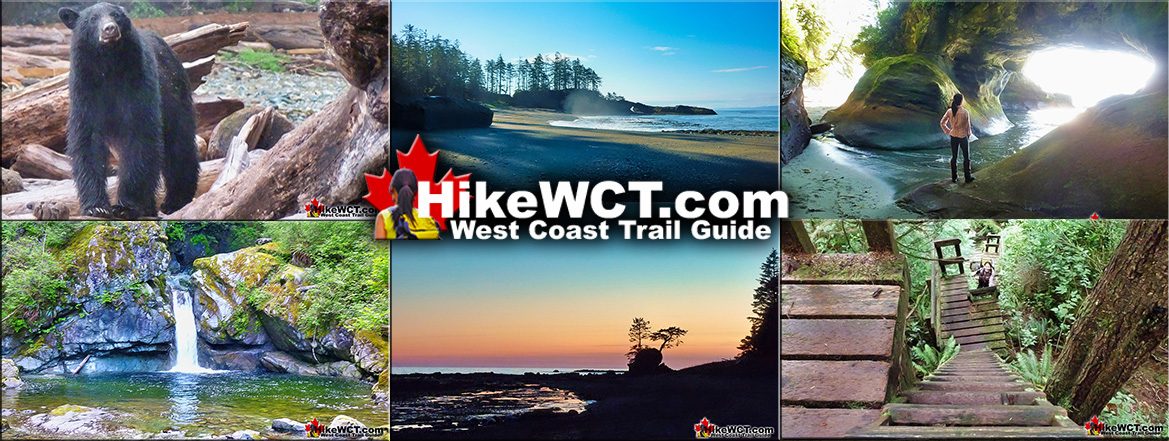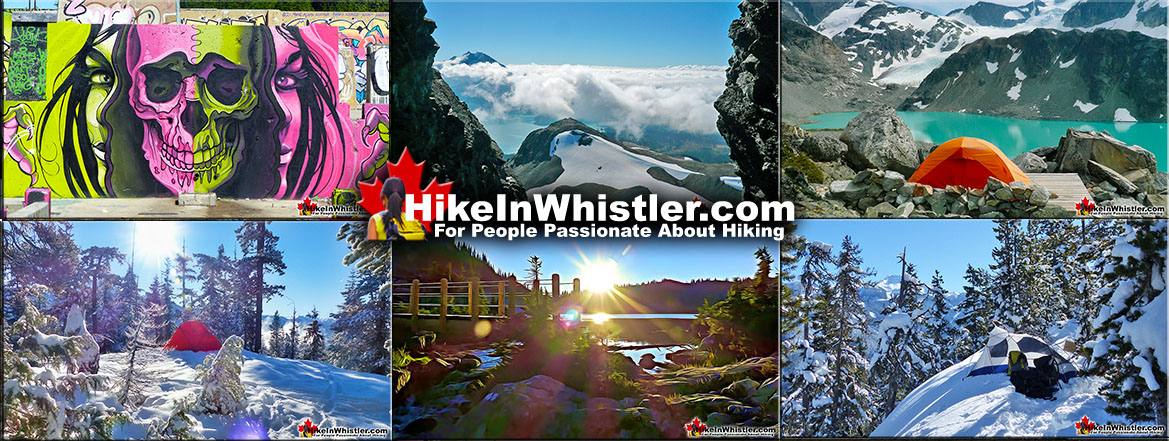![]() The John Marshall shipwreck is located under the waves just outside the mouth of Camper Bay at the 62 kilometre mark of the West Coast Trail. Owing to the great difficulty and slow progress hikers are forced to take on this section of the West Coast Trail, nearly everyone camps at Camper Bay. If you do, you will be sleeping near this shipwreck that occurred here in 1860.
The John Marshall shipwreck is located under the waves just outside the mouth of Camper Bay at the 62 kilometre mark of the West Coast Trail. Owing to the great difficulty and slow progress hikers are forced to take on this section of the West Coast Trail, nearly everyone camps at Camper Bay. If you do, you will be sleeping near this shipwreck that occurred here in 1860.
 Alaskan Shipwreck at 4k
Alaskan Shipwreck at 4k Soquel Shipwreck at 5k
Soquel Shipwreck at 5k Sarah Shipwreck at 7k
Sarah Shipwreck at 7k Becherdass-Ambiadass Shipwreck at 8k
Becherdass-Ambiadass Shipwreck at 8k Michigan Shipwreck at 12k
Michigan Shipwreck at 12k Uzbekistan Shipwreck at 13.8k
Uzbekistan Shipwreck at 13.8k Varsity Shipwreck at 17.6k
Varsity Shipwreck at 17.6k Valencia Shipwreck at 18.3k
Valencia Shipwreck at 18.3k Janet Cowan Shipwreck at 19k
Janet Cowan Shipwreck at 19k Robert Lewers Shipwreck at 20k
Robert Lewers Shipwreck at 20k Woodside Shipwreck at 20.2k
Woodside Shipwreck at 20.2k Uncle John Shipwreck at 26.2k
Uncle John Shipwreck at 26.2k Vesta Shipwreck at 29k
Vesta Shipwreck at 29k  Raita Shipwreck at 33k
Raita Shipwreck at 33k  Skagit Shipwreck at 34.2k
Skagit Shipwreck at 34.2k Santa Rita Shipwreck at 37k
Santa Rita Shipwreck at 37k Dare Shipwreck at 39k
Dare Shipwreck at 39k Lizzie Marshall Shipwreck at 47k
Lizzie Marshall Shipwreck at 47k Puritan Shipwreck at 48.5k
Puritan Shipwreck at 48.5k Wempe Brothers Shipwreck at 49.4k
Wempe Brothers Shipwreck at 49.4k Duchess of Argyle Shipwreck at 58k
Duchess of Argyle Shipwreck at 58k John Marshall Shipwreck at 62.3k
John Marshall Shipwreck at 62.3k William Tell Shipwreck at 64.2
William Tell Shipwreck at 64.2 Revere Shipwreck at 69k
Revere Shipwreck at 69k Cyrus Shipwreck at 75k
Cyrus Shipwreck at 75k
The John Marshall was an old eastern built, 3 masted ship of 321 tons. Sailing in from San Francisco with a crew of 10, she was heading to Seabeck, Washington in ballast to pick up a load of lumber. Off Cape Flattery the John Marshall met a raging storm that left her beached in front of Camper Bay. There seem to be few details of this shipwreck, however, local natives reported that two ships came ashore from the storm that night. It had been assumed that she foundered off Cape Flattery with no survivors. So it was quite a surprise to find her ashore at Camper Bay, with her hull visible at low tide and her masts, spars and rigging scattered on the beach. There are no details of deaths from this shipwreck, so it is assumed that there was no loss of life.
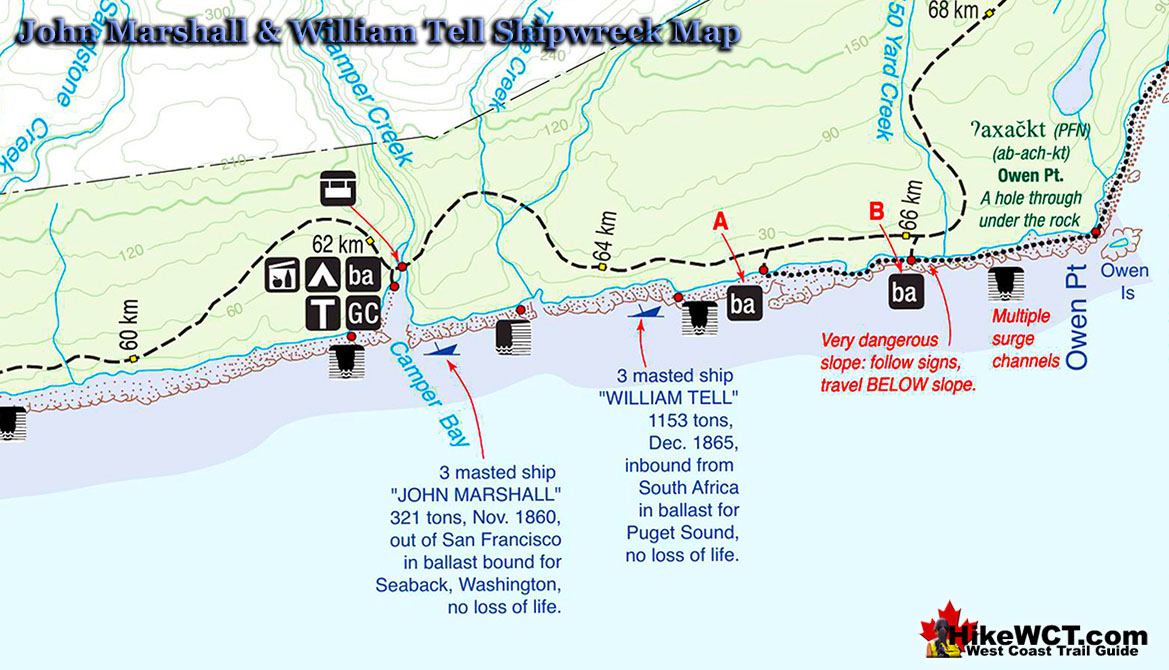
More Shipwrecks Near the John Marshall (KM62)
The William Tell Shipwreck at 64.2km
![]() There are a couple other shipwrecks fairly close to the John Marshall. The William Tell shipwreck is just a couple kilometres away. This 3 masted, enormous ship of 1153 tons was inbound from South Africa when she became another victim of the Graveyard of the Pacific in December of 1865. She sailed straight into the reef in front of what is now the 64 kilometre mark of the West Coast Trail. The William Tell was built in New York in 1850. She sailed in the North Atlantic for a few years before branching out to more distant ports. On her final voyage in 1865, she was inbound from South Africa in ballast, heading to a port in the Puget Sound. She managed to sail into Juan de Fuca Strait, however stormy weather and strong currents moved her considerably far west. Blindly sailing in thick fog and the darkness of night, the William Tell smashed into the reef between Owen Point and Camper Bay. The crew of 22 men managed to scramble safely to shore and made their way to Owen Point where they lit signal fires. Their fires were spotted from the harbour of Port San Juan(Port Renfrew). They were picked up and later brought back to Victoria by a local trading schooner.
There are a couple other shipwrecks fairly close to the John Marshall. The William Tell shipwreck is just a couple kilometres away. This 3 masted, enormous ship of 1153 tons was inbound from South Africa when she became another victim of the Graveyard of the Pacific in December of 1865. She sailed straight into the reef in front of what is now the 64 kilometre mark of the West Coast Trail. The William Tell was built in New York in 1850. She sailed in the North Atlantic for a few years before branching out to more distant ports. On her final voyage in 1865, she was inbound from South Africa in ballast, heading to a port in the Puget Sound. She managed to sail into Juan de Fuca Strait, however stormy weather and strong currents moved her considerably far west. Blindly sailing in thick fog and the darkness of night, the William Tell smashed into the reef between Owen Point and Camper Bay. The crew of 22 men managed to scramble safely to shore and made their way to Owen Point where they lit signal fires. Their fires were spotted from the harbour of Port San Juan(Port Renfrew). They were picked up and later brought back to Victoria by a local trading schooner.
William Tell shipwreck continued here...
The Duchess of Argyle Shipwreck at 58km
![]() The Duchess of Argyle, in the opposite direction to the William Tell met her end at the mouth of Cullite Cove back at the 58 kilometre mark of the West Coast Trail. She was a huge, four masted barque with an iron hull and watertight bulkheads. She was sailing in ballast from San Francisco on October 13th, 1887, bound for Vancouver. She would pick up lumber and sail for Melbourne, Australia. Sailing up the coast from San Francisco, the good weather turned bad on October 16th. For almost two weeks a powerful gale hammered the Duchess of Argyle. When the storm finally let up, Cape Flattery was sighted about 20 miles away. The ship, unable to find wind, floated with the current, inching towards Juan de Fuca Strait. Soon a small tug boat arrived to assist the enormous becalmed ship through the strait. They lowered sails and got the hawser aboard to connect the ships. The captain of the tug quickly realized that his vessel was too small to manage such a huge ship rolling in the seas. Cape Flattery was still about 14 miles distant and concealed by fog much of the time. The Duchess of Argyle wallowed in the current until midnight when a strong eastward gale gripped the ship once more. They sailed for Cape Flattery until the wind died again and on November 1st the fog lifted revealing Cape Flattery just 3 miles away. Suddenly the fog returned again, thicker than ever. They crawled forward slowly hoping for the fog to lift again. The fog didn't let up and at 315pm on November 3rd, breakers were heard...
The Duchess of Argyle, in the opposite direction to the William Tell met her end at the mouth of Cullite Cove back at the 58 kilometre mark of the West Coast Trail. She was a huge, four masted barque with an iron hull and watertight bulkheads. She was sailing in ballast from San Francisco on October 13th, 1887, bound for Vancouver. She would pick up lumber and sail for Melbourne, Australia. Sailing up the coast from San Francisco, the good weather turned bad on October 16th. For almost two weeks a powerful gale hammered the Duchess of Argyle. When the storm finally let up, Cape Flattery was sighted about 20 miles away. The ship, unable to find wind, floated with the current, inching towards Juan de Fuca Strait. Soon a small tug boat arrived to assist the enormous becalmed ship through the strait. They lowered sails and got the hawser aboard to connect the ships. The captain of the tug quickly realized that his vessel was too small to manage such a huge ship rolling in the seas. Cape Flattery was still about 14 miles distant and concealed by fog much of the time. The Duchess of Argyle wallowed in the current until midnight when a strong eastward gale gripped the ship once more. They sailed for Cape Flattery until the wind died again and on November 1st the fog lifted revealing Cape Flattery just 3 miles away. Suddenly the fog returned again, thicker than ever. They crawled forward slowly hoping for the fog to lift again. The fog didn't let up and at 315pm on November 3rd, breakers were heard...
Duchess of Argyle shipwreck continued here...
Campsites Near the John Marshall (KM62)
Camper Bay Campsite at 62km
![]() The Camper Bay campsite is the closest campsite to the John Marshall shipwreck. Camper Bay is often home to quite a number of campers. You always find the campsite lined with tents along the treeline packed so close together as to hear each others conversations. A bit too cozy, but on the other hand, Camper Bay is a great place to socialize with fellow campers. The linear tent site arrangement make it necessary for you and others to walk past several tents to do almost anything. So you get fairly well acquainted with your fellow West Coast Trail hikers. The trail from Camper Bay in both directions is pretty brutal with ladders and erratic terrain, so you and your fellow campers with be exhausted. Cullite Cove is a wonderful campsite on the West Coast Trail at the 58 kilometre mark. One of the nicest campsites you will find on the West Coast Trail. It has everything, a lovely wooded area with clearings for tents and campfires. Stunning views all around. A terrific, rocky beach, beautifully hemmed in by beautiful cliffs on either side. Cullite Creek pours into the cove, making for a stunning, albeit freezing swim into the surf. The campsite here is often very quiet as everybody seems to camp at Camper Bay just 4 kilometres away and doesn't even drop down the short detour off the main trail to Cullite Cove.
The Camper Bay campsite is the closest campsite to the John Marshall shipwreck. Camper Bay is often home to quite a number of campers. You always find the campsite lined with tents along the treeline packed so close together as to hear each others conversations. A bit too cozy, but on the other hand, Camper Bay is a great place to socialize with fellow campers. The linear tent site arrangement make it necessary for you and others to walk past several tents to do almost anything. So you get fairly well acquainted with your fellow West Coast Trail hikers. The trail from Camper Bay in both directions is pretty brutal with ladders and erratic terrain, so you and your fellow campers with be exhausted. Cullite Cove is a wonderful campsite on the West Coast Trail at the 58 kilometre mark. One of the nicest campsites you will find on the West Coast Trail. It has everything, a lovely wooded area with clearings for tents and campfires. Stunning views all around. A terrific, rocky beach, beautifully hemmed in by beautiful cliffs on either side. Cullite Creek pours into the cove, making for a stunning, albeit freezing swim into the surf. The campsite here is often very quiet as everybody seems to camp at Camper Bay just 4 kilometres away and doesn't even drop down the short detour off the main trail to Cullite Cove.
Camper Bay campsite continued here...
West Coast Trail A to Z
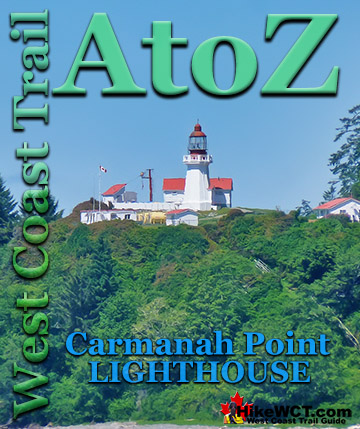
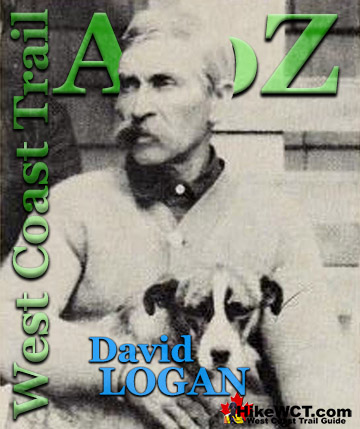
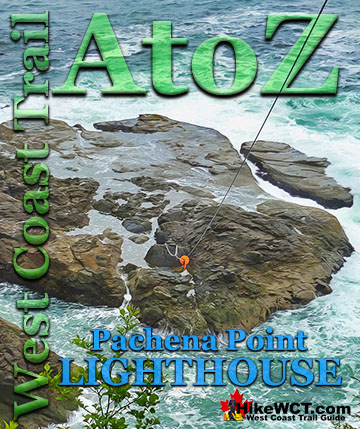
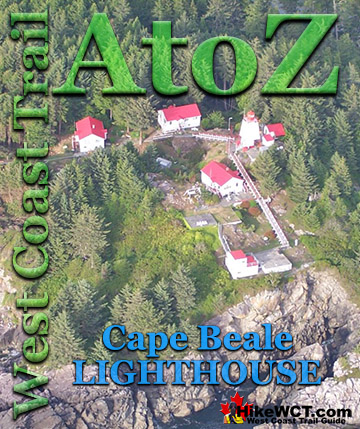
The West Coast Trail by Day
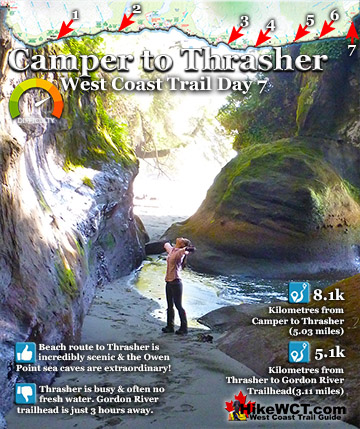
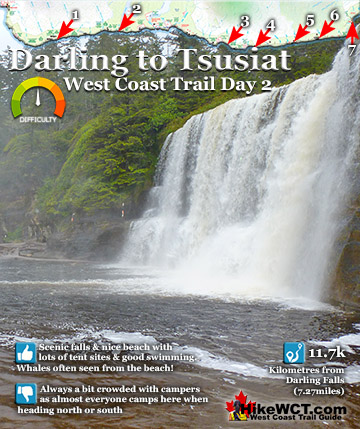
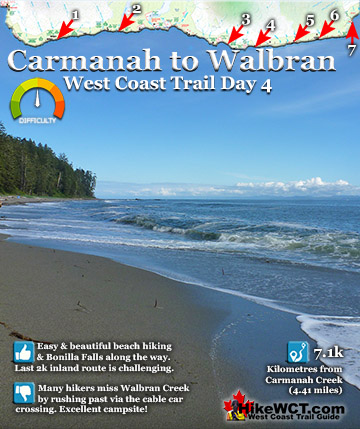
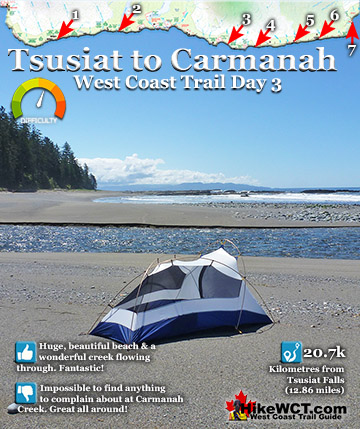
Explore BC Hiking Destinations!
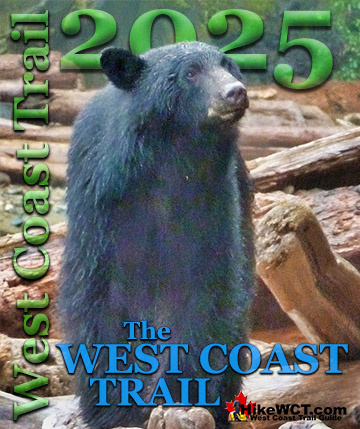
The West Coast Trail
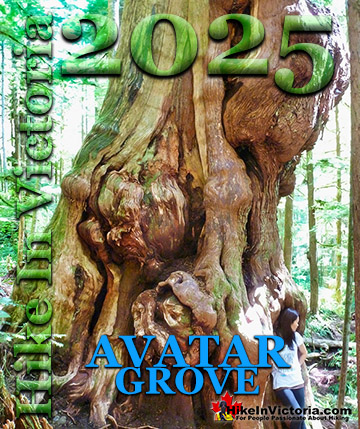
Victoria Hiking Trails
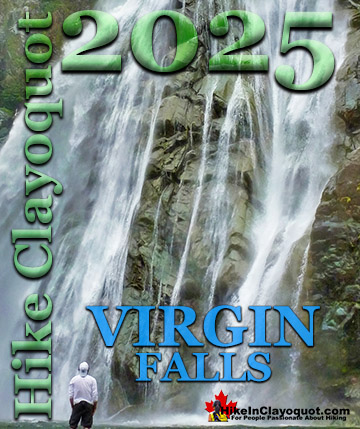
Clayoquot Hiking Trails
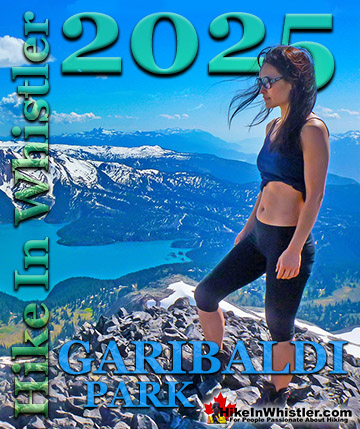
Whistler Hiking Trails
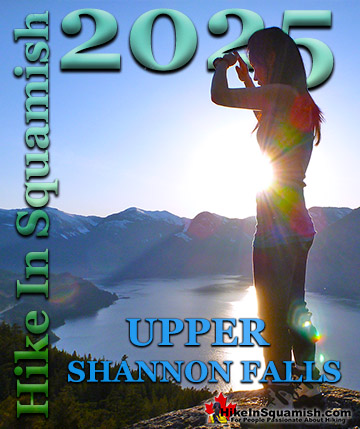
Squamish Hiking Trails

Vancouver Hiking Trails

